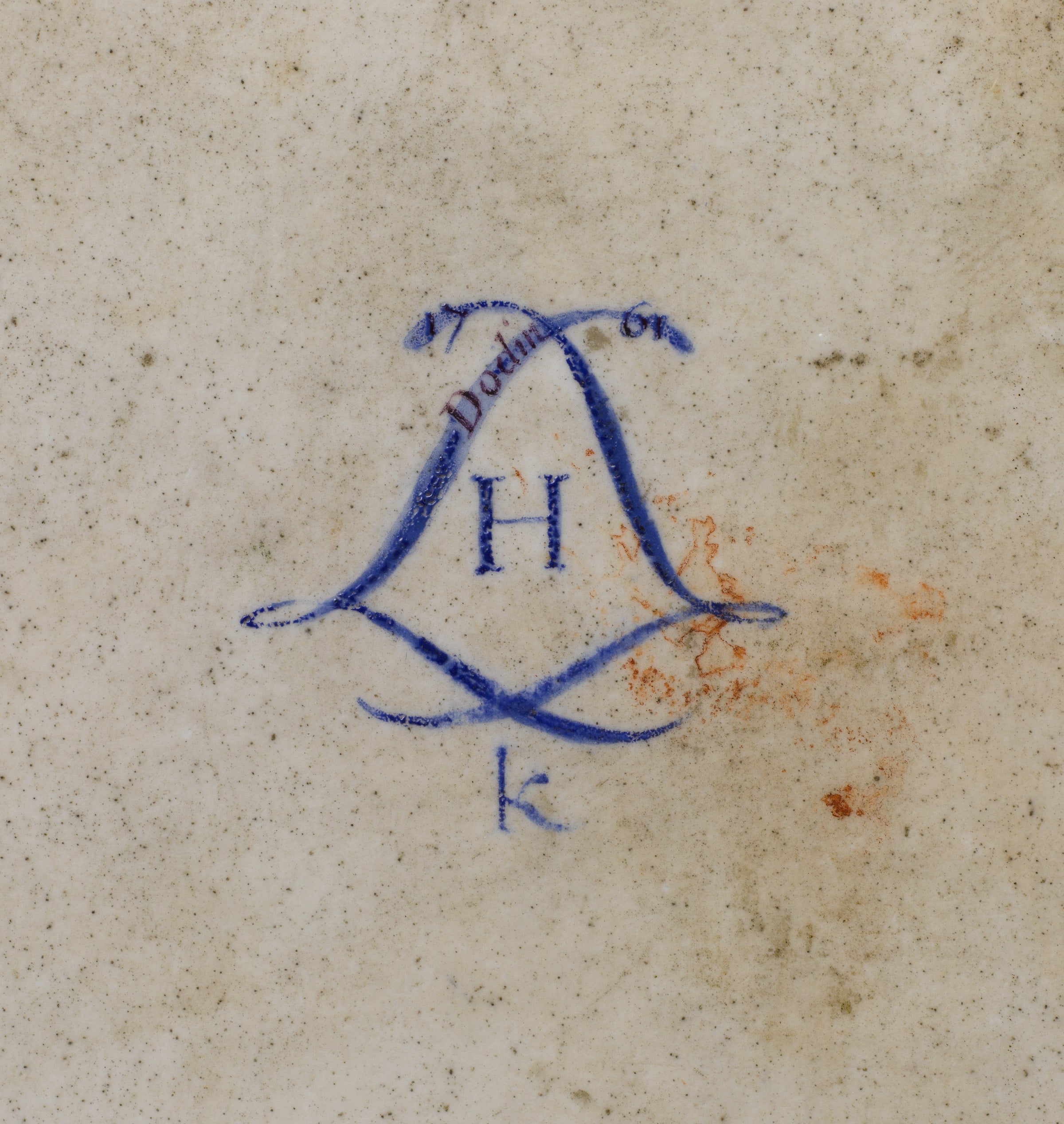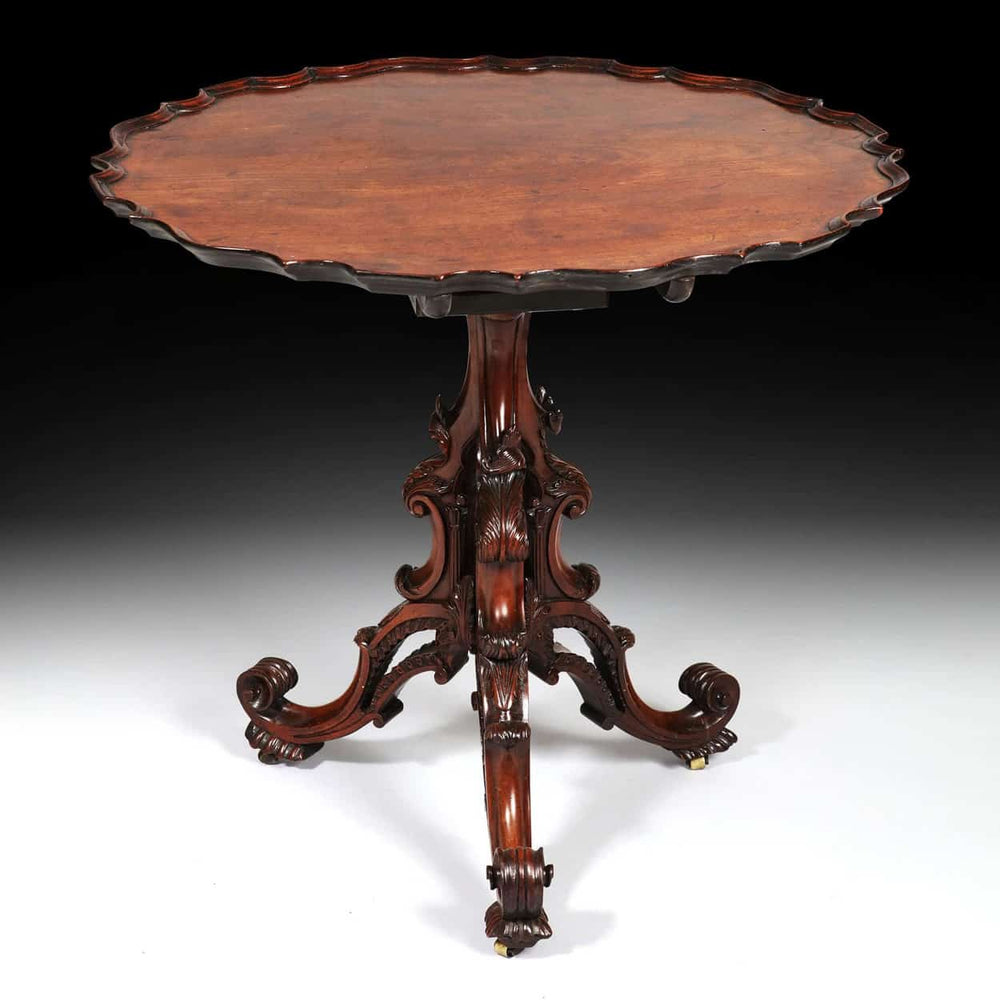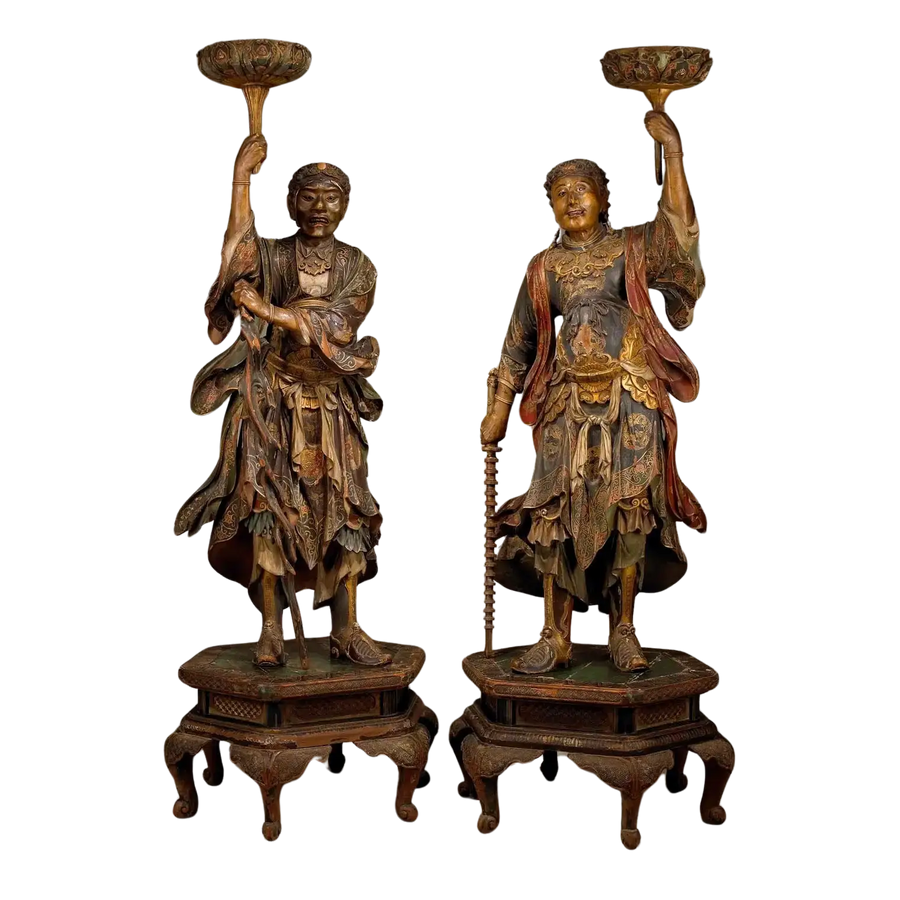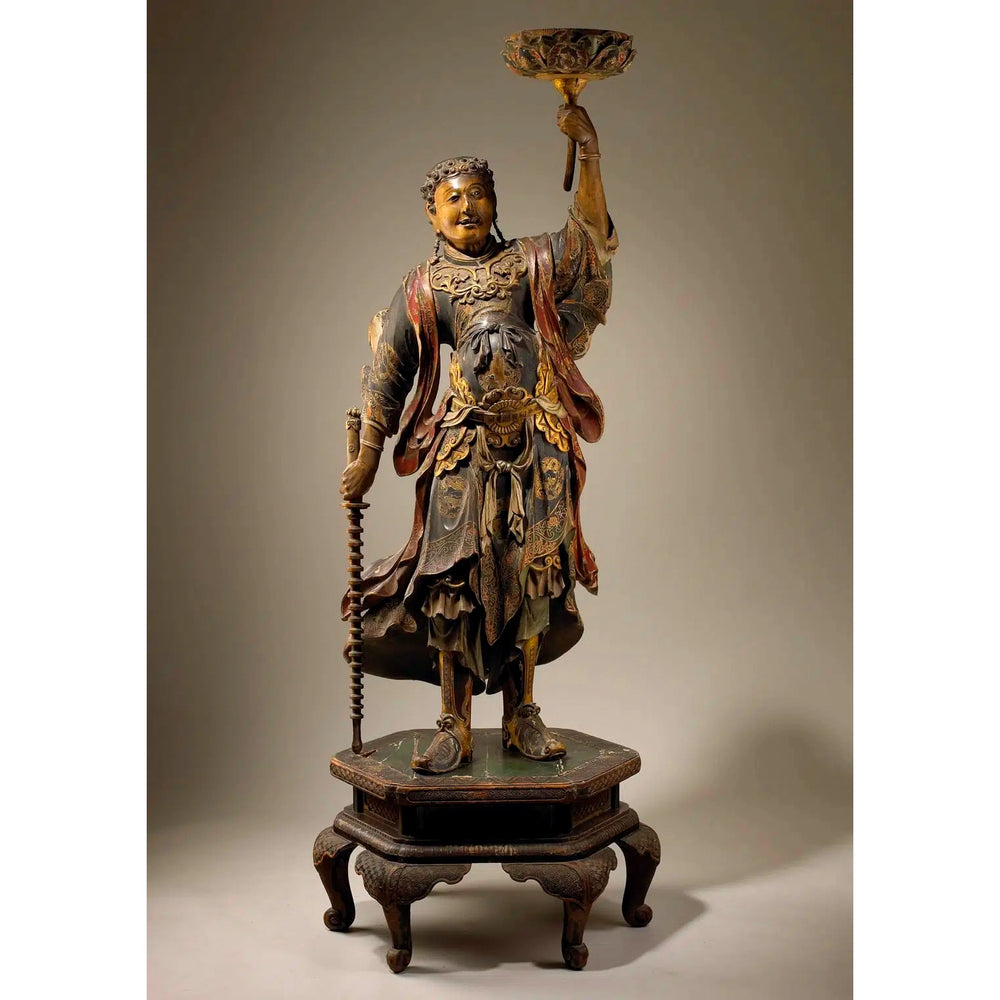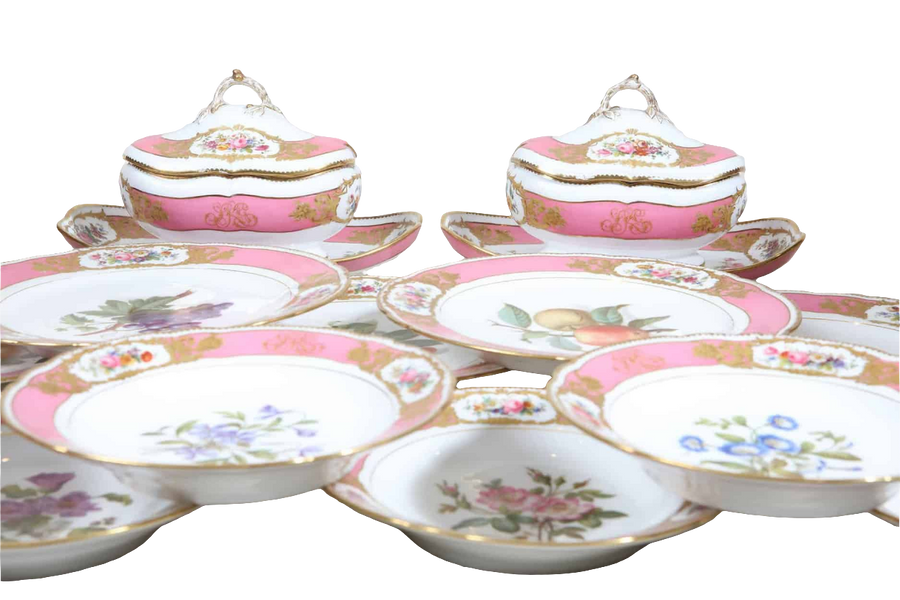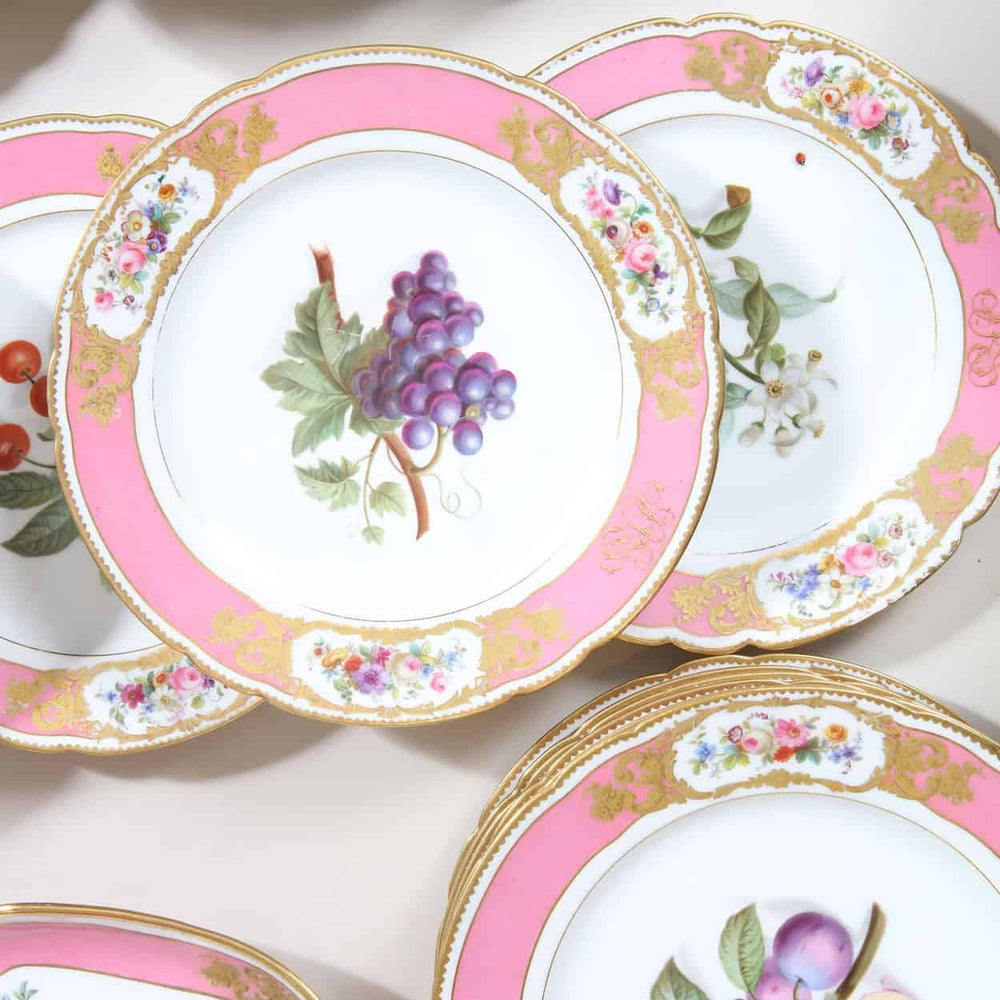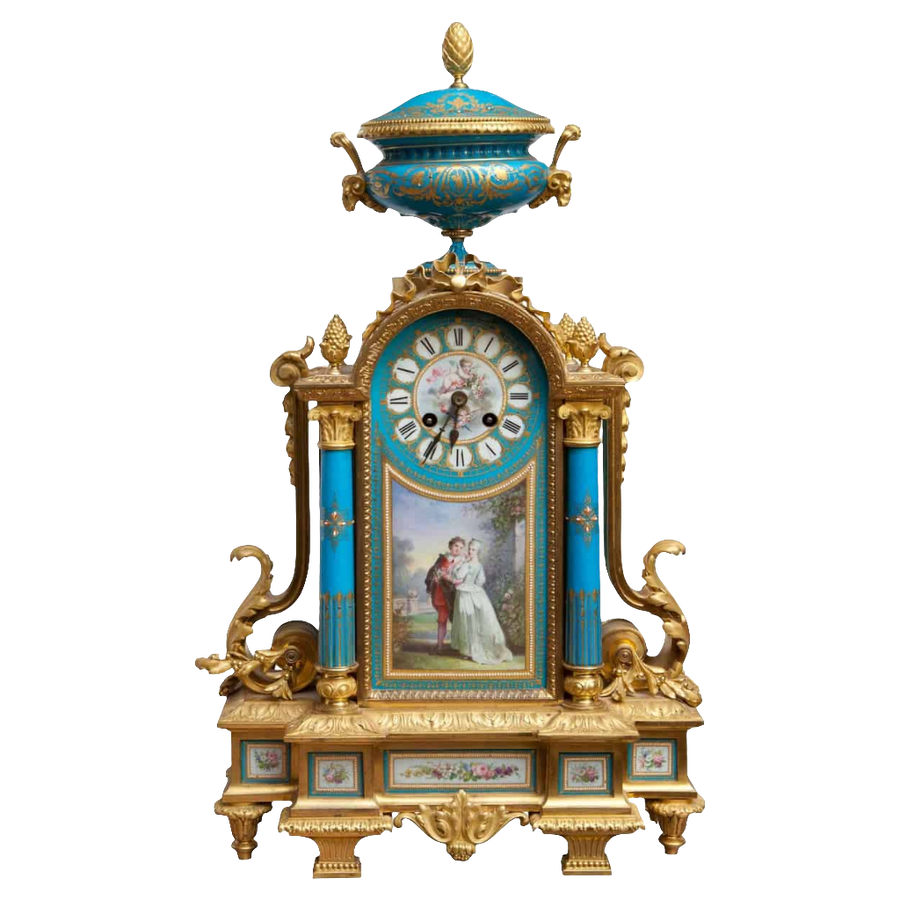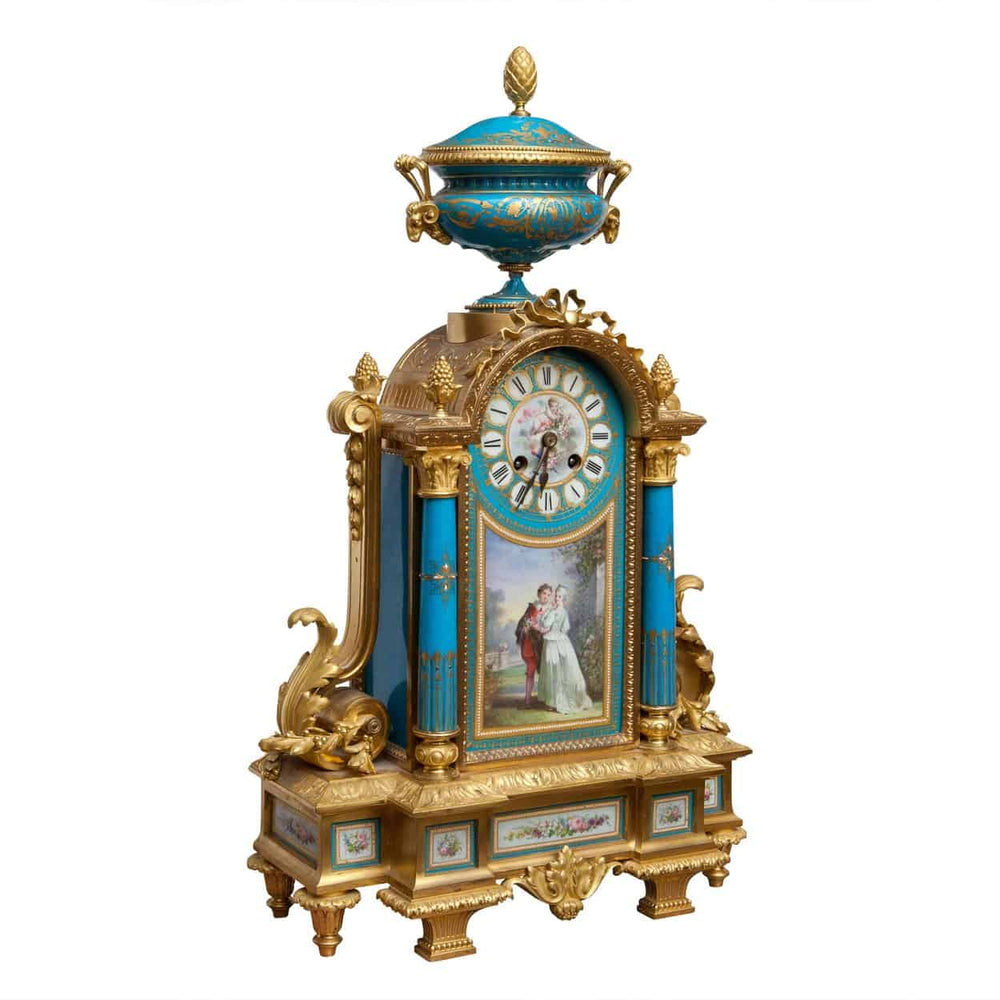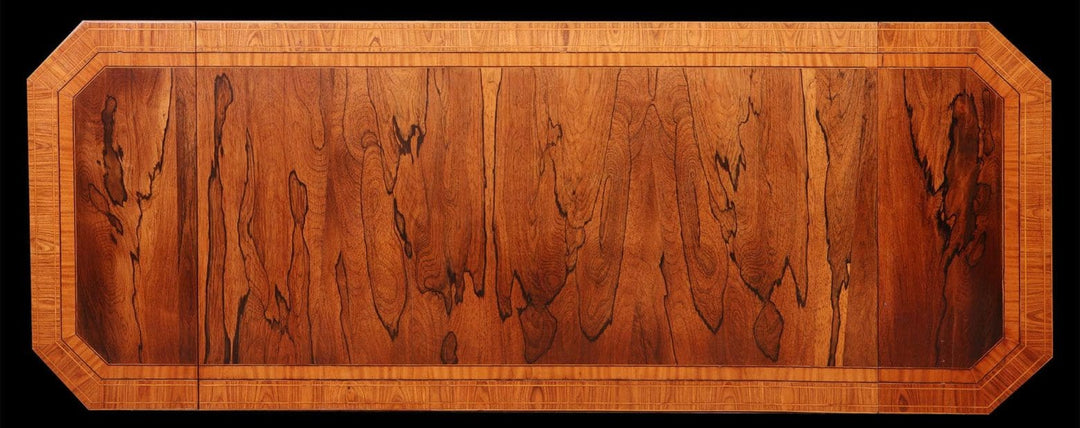Sèvres porcelain represents the height of 18th-century European ceramic achievement, embodying a refinement and elegance that continues to captivate collectors and connoisseurs alike. Established in the mid-18th century under the patronage of King Louis XV and Madame de Pompadour, the Sèvres Manufactory swiftly became synonymous with luxury, artistry, and the exquisite craftsmanship that defined the French Ancien Régime. Its distinctive soft-paste porcelain, celebrated for its delicacy, translucency, and richly painted decoration, set new standards in European ceramic art.
Historical Context and Development
The early years of the manufactory were marked by experimentation, as Sèvres sought to rival both Chinese imports and the pioneering work of Meissen. By the late 18th century, its craftsmen had perfected hard-paste porcelain, producing works of exceptional beauty and durability. Throughout its history, Sèvres retained close ties to the French crown and aristocracy, who commissioned objects as much to display political power and cultural authority as to satisfy personal taste.
Artistic Innovation and Distinctive Style
Sèvres is admired for its elegant forms, intricate decoration, and the development of striking ground colours, most notably the iconic bleu céleste. The manufactory’s artists excelled in porcelain painting, producing delicate pastoral scenes, elaborate floral motifs, and lavish gilding. These innovations, together with distinctive glazes and refined shapes, exemplified Sèvres’ pursuit of both technical mastery and aesthetic excellence.
Collecting Sèvres Porcelain
Today, Sèvres porcelain is highly prized for its artistry, innovation, and historical resonance. Each piece reflects the cultural ambition and refined taste of the 18th and 19th centuries, when royal patronage and craftsmanship converged to create objects of rare beauty. Collectors value Sèvres not only for its decorative splendour but also for the cultural legacy it embodies: a moment in European history where artistic brilliance and political power were expressed through porcelain.
Sèvres porcelain represents the height of 18th-century European ceramic achievement, embodying a refinement and elegance that continues to captivate collectors and connoisseurs alike. Established in the mid-18th century under the patronage of King Louis XV and Madame de Pompadour, the Sèvres Manufactory swiftly became synonymous with luxury, artistry, and the exquisite craftsmanship that defined the French Ancien Régime. Its distinctive soft-paste porcelain, celebrated for its delicacy, translucency, and richly painted decoration, set new standards in European ceramic art.
Historical Context and Development
The early years of the manufactory were marked by experimentation, as Sèvres sought to rival both Chinese imports and the pioneering work of Meissen. By the late 18th century, its craftsmen had perfected hard-paste porcelain, producing works of exceptional beauty and durability. Throughout its history, Sèvres retained close ties to the French crown and aristocracy, who commissioned objects as much to display political power and cultural authority as to satisfy personal taste.
Artistic Innovation and Distinctive Style
Sèvres is admired for its elegant forms, intricate decoration, and the development of striking ground colours, most notably the iconic bleu céleste. The manufactory’s artists excelled in porcelain painting, producing delicate pastoral scenes, elaborate floral motifs, and lavish gilding. These innovations, together with distinctive glazes and refined shapes, exemplified Sèvres’ pursuit of both technical mastery and aesthetic excellence.
Collecting Sèvres Porcelain
Today, Sèvres porcelain is highly prized for its artistry, innovation, and historical resonance. Each piece reflects the cultural ambition and refined taste of the 18th and 19th centuries, when royal patronage and craftsmanship converged to create objects of rare beauty. Collectors value Sèvres not only for its decorative splendour but also for the cultural legacy it embodies: a moment in European history where artistic brilliance and political power were expressed through porcelain.
Read More
